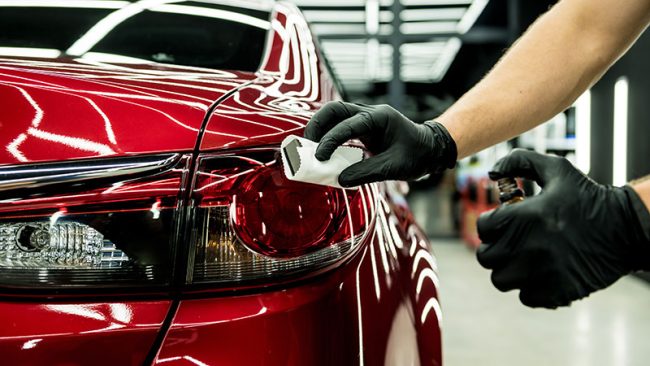The Role of Chemistry in Ceramic Auto Glazing
Ceramic materials have become integral components in various industries, and their significance in automotive engineering cannot be overstated. Among their numerous applications, ceramic materials play a crucial role in auto glazing, contributing to safety, durability, and aesthetic appeal. Understanding the chemistry behind the development and production of these ceramic materials unveils a complex interplay of elements and processes that ensure the performance and reliability of auto glazing systems. Superior ceramic protection in Coimbatore is made with top materials!
Chemistry serves as the cornerstone in the formulation and fabrication of ceramic materials for auto glazing. At its core, the development process involves meticulous control over the composition of raw materials, often including oxides, silicates, and other compounds. These materials undergo a series of chemical reactions and thermal treatments to achieve the desired properties such as transparency, hardness, and resistance to environmental factors.
Innovations in ceramic chemistry have led to the creation of advanced formulations tailored to meet the stringent requirements of automotive applications. For instance, the incorporation of specific additives and dopants can enhance the strength and toughness of ceramic materials, crucial for withstanding the mechanical stresses encountered during vehicle operation.

Furthermore, the chemistry of ceramic processing techniques significantly influences the final characteristics of auto glazing products. Techniques like slip casting, pressing, and sintering involve precise control over parameters such as temperature, pressure, and atmosphere to achieve optimal microstructure and performance. Chemical additives may also be introduced during processing to facilitate densification and improve the overall integrity of the ceramic components.
Moreover, chemistry plays a vital role in addressing environmental concerns associated with ceramic production. Efforts to reduce energy consumption, minimize waste generation, and mitigate emissions rely on chemical principles to optimize manufacturing processes and develop eco-friendly formulations.
In conclusion, the development and production of ceramic materials for auto glazing epitomize the intricate relationship between chemistry, engineering, and innovation. By leveraging the principles of chemistry, researchers and manufacturers continue to push the boundaries of ceramic technology, ushering in a new era of safer, more efficient, and aesthetically pleasing automotive glazing solutions.
